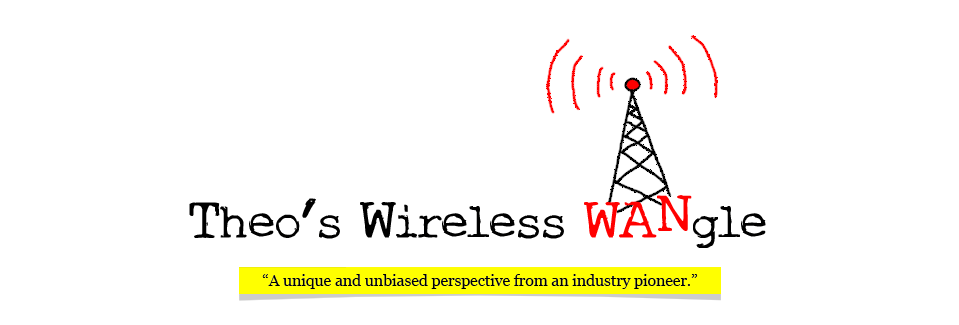You’re the captain of your corporate IT ship. You’ve thought it all out - your routes, requirements and resources, and you prepared for the worse by spreading your network out to different carriers. You even have different fiber routes so that if one fails you have the other. But are you really protected?
When your carrier tells you that they’ve got back ups to back ups and they’re (statistically) never going down, can you believe it? From what I’ve seen, I wouldn’t. Carrier outages happen more than we think, and while they’re hardly publicized, call some of your IT colleagues and ask if they ever lost a connection to their carrier or Internet provider.
I figure that Bloomberg must have the best IT safeguards anywhere, but their network crashed anyway. We don’t know what caused it, but no doubt those folks stayed up endless nights working to prevent such a disaster. But it still happened, and I wonder what stone was left unturned that might have mitigated the damage.
In a similar vein, I wonder how “mixed media backup” dropped from the telecom vernacular. It was a popular phrase in the 90's (pre-Google), and what it meant was that - as a policy decision, whatever terrestrial lines you had were backed up over the air (using point-to-point microwave). What makes more sense than that? Yet it’s far from common practice these days, even as IT managers lose sleep thinking of ways to plug network vulnerabilities.
It's the fault of radio manufacturers, that their solutions are so generally misunderstood. Their focus has been on telecom carriers, who form the bulk of their business. Meanwhile, corporate IT buyers have had to fend for themselves or trust wireless resellers who may or may not have a clue. It’s a problem because wireless has become an integral part of the IT landscape and knowing the ins and outs of Wi-Fi, WiMAX and broadband microwave (fixed, point-to-point) is key.
Fiber optic cabling is vulnerable, whether underground or strung between telephone poles, and there are untold miles of it between you and your carrier. Even in protective armor it’s abused by rodents, floods, underground gas explosions (read my post on that), hurricanes, backhoes, vandals, thieves - and another expression used a lot in the 90's, “Murphy’s Law”. You know that shit happens, and so it’s time to understand how you can use today’s broadband microwave technology to protect your network from a cable outage that may be painfully prolonged and beyond your control.
Carriers will tell you that your network has outgrown wireless capabilities and (more) fiber is the only solution. For one, they’re wrong, and second, even if you’ve got a 10 gigabit backbone, it’s like saying that your ship has too many passengers and so let’s not string some life boats across the top, because hey, what’s the point of saving 70% when you can’t save them all?
IT managers need to fully consider whether wireless can help them or not, because for most businesses a single hour of outage dwarfs the cost of that protection. Better to steer your business safely through an information grid outage, than to announce that you couldn’t foresee it.


No comments:
Post a Comment